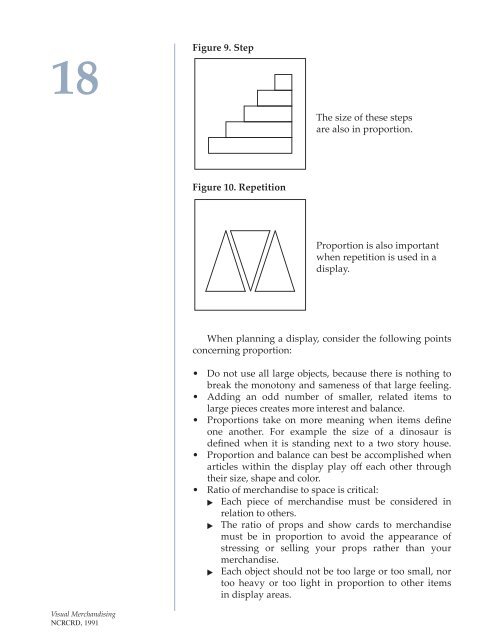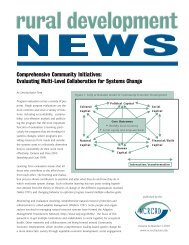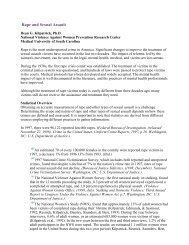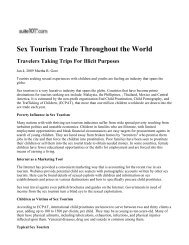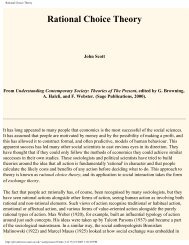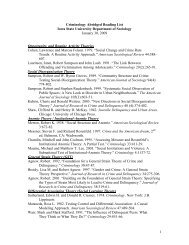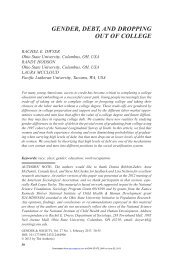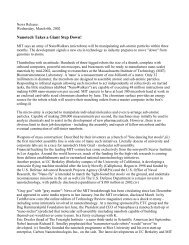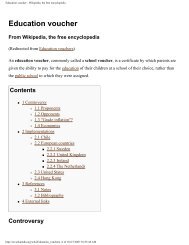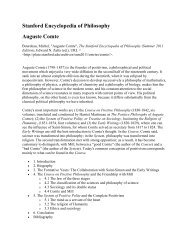Visual Merchandising - North Central Regional Center for Rural ...
Visual Merchandising - North Central Regional Center for Rural ...
Visual Merchandising - North Central Regional Center for Rural ...
You also want an ePaper? Increase the reach of your titles
YUMPU automatically turns print PDFs into web optimized ePapers that Google loves.
Figure 9. Step<br />
18<br />
The size of these steps<br />
are also in proportion.<br />
Figure 10. Repetition<br />
Proportion is also important<br />
when repetition is used in a<br />
display.<br />
When planning a display, consider the following points<br />
concerning proportion:<br />
• Do not use all large objects, because there is nothing to<br />
break the monotony and sameness of that large feeling.<br />
• Adding an odd number of smaller, related items to<br />
large pieces creates more interest and balance.<br />
• Proportions take on more meaning when items define<br />
one another. For example the size of a dinosaur is<br />
defined when it is standing next to a two story house.<br />
• Proportion and balance can best be accomplished when<br />
articles within the display play off each other through<br />
their size, shape and color.<br />
• Ratio of merchandise to space is critical:<br />
> Each piece of merchandise must be considered in<br />
relation to others.<br />
> The ratio of props and show cards to merchandise<br />
must be in proportion to avoid the appearance of<br />
stressing or selling your props rather than your<br />
merchandise.<br />
> Each object should not be too large or too small, nor<br />
too heavy or too light in proportion to other items<br />
in display areas.<br />
<strong>Visual</strong> <strong>Merchandising</strong><br />
NCRCRD, 1991


